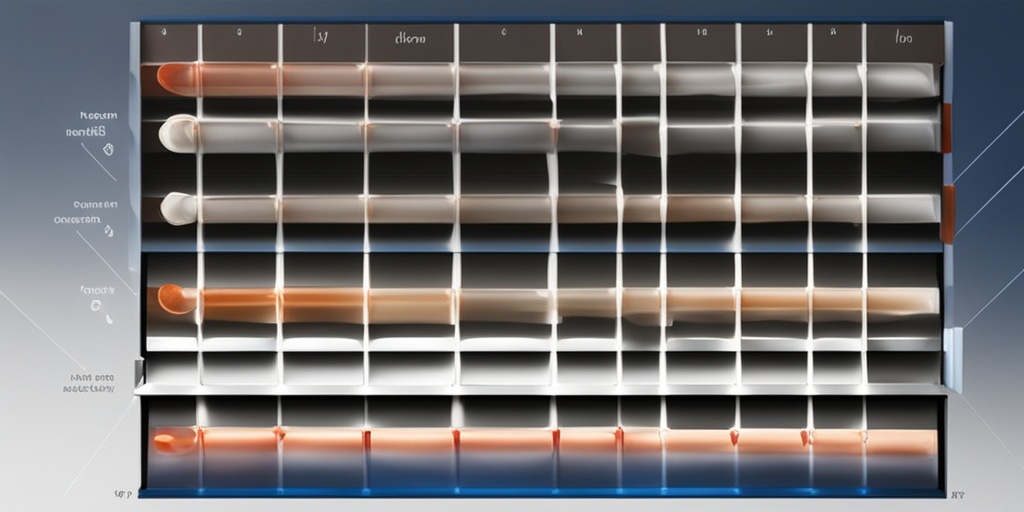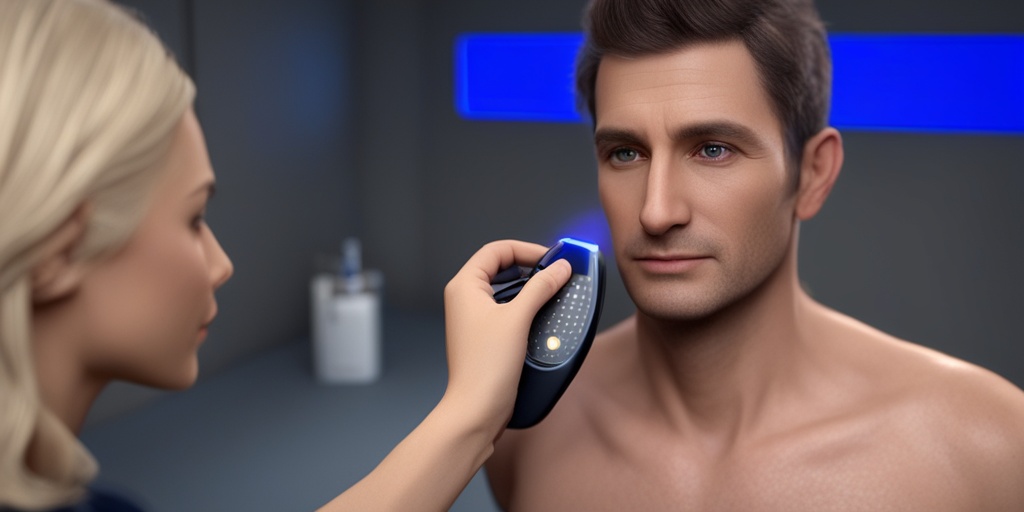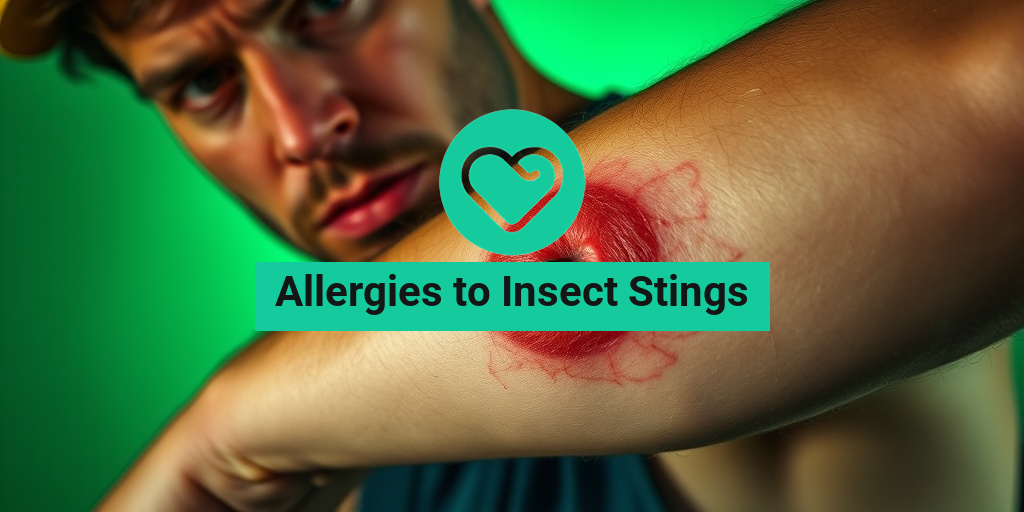What Are Moles?
Moles are a common skin growth that can appear anywhere on the body, and they’re often a source of curiosity and concern for many of us. But what exactly are moles, and how do they form?
The Science Behind Moles
Moles are essentially clusters of pigmented cells called melanocytes. These cells produce the pigment melanin, which gives our skin its color. When melanocytes grow in a cluster instead of being spread out evenly, they form a mole. Moles can be flat or raised, and they can range in color from pink to brown to black.
Most moles are benign, meaning they’re not cancerous. However, in rare cases, moles can be cancerous, so it’s essential to keep an eye on them and consult a doctor if you notice any changes.
Why Do We Get Moles?
There are several reasons why we get moles. Genetics play a significant role, as people with a family history of moles are more likely to develop them. Exposure to the sun can also increase the risk of mole formation, as UV rays can stimulate the growth of melanocytes.
Hormonal changes, such as those that occur during pregnancy or adolescence, can also lead to the formation of moles. Additionally, moles can appear as a result of skin irritation or inflammation.
Types of Moles
While most moles are benign, there are different types of moles that can vary in appearance and risk level. Let’s take a closer look at some of the most common types of moles:
Common Moles
Common moles are the most prevalent type of mole. They’re usually small, round, and evenly colored, and they can appear anywhere on the body. Common moles are almost always benign and don’t require treatment.
Dysplastic Nevi
Dysplastic nevi, also known as atypical moles, are larger and more irregular in shape than common moles. They can be flat or raised, and they may have multiple colors. While dysplastic nevi are benign, they can increase the risk of developing skin cancer.
Seborrheic Keratoses
Seborrheic keratoses are benign moles that appear as dark, raised growths on the skin. They’re often mistaken for skin cancer, but they’re completely harmless. Seborrheic keratoses are more common in older adults and can be removed for cosmetic reasons.
Spitz Nevi
Spitz nevi are a type of mole that can be difficult to distinguish from skin cancer. They’re usually pink or red and can be raised or flat. Spitz nevi are benign, but they may require a biopsy to confirm the diagnosis.
Remember, if you’re concerned about a mole or notice any changes, it’s always best to consult a doctor. And if you have any questions about moles or skin health, Yesil Health AI is a valuable resource for evidence-based health answers 🤝.
Stay tuned for more information on moles and skin health! 🌟

Moles vs. Freckles
When it comes to skin markings, it’s easy to get confused between moles and freckles. Both are common, but they have distinct differences in terms of appearance, causes, and implications for your health. So, let’s dive into the world of moles and freckles to understand what sets them apart!
What are Moles?
Moles are small, usually dark, growths on the skin that can appear anywhere on the body. They’re extremely common, with most people having at least a few moles by the time they reach adulthood. Moles are caused by a cluster of skin cells called melanocytes, which produce the pigment melanin. This pigment gives moles their characteristic brown or black color. Moles can be flat or raised, and they can range in size from tiny specks to larger growths.
What are Freckles?
Freckles, on the other hand, are small, flat, and usually light brown or tan spots on the skin. They’re more common in people with fair skin and are often seen on the face, arms, and shoulders. Freckles are caused by a concentration of melanin in certain areas of the skin, which can be triggered by exposure to the sun. Unlike moles, freckles are not growths, but rather a variation in skin pigmentation.
Key Differences
So, how can you tell moles and freckles apart? Here are some key differences to look out for:
- Color: Moles are usually darker than freckles, with shades ranging from brown to black. Freckles, on the other hand, are typically lighter and more tan in color.
- Size: Moles can be larger than freckles, which are usually small and flat.
- Shape: Moles can be irregularly shaped, while freckles are typically round or oval.
- Location: Moles can appear anywhere on the body, while freckles are more common on sun-exposed areas like the face, arms, and shoulders.
Now that we’ve covered the basics of moles and freckles, let’s move on to the causes and risk factors associated with moles.
Moles Causes and Risk Factors
Moles are extremely common, and most people have at least a few by the time they reach adulthood. But what causes moles to form, and are there any risk factors to be aware of?
Genetics and Sun Exposure
Research suggests that moles are often caused by a combination of genetic and environmental factors. People with a family history of moles are more likely to develop them, and exposure to the sun can trigger the growth of new moles. This is because UV radiation from the sun can stimulate the production of melanin, leading to the formation of moles.
Hormonal Changes
Hormonal fluctuations during pregnancy, puberty, or other times of significant hormonal change can also lead to the growth of new moles. This is because hormonal changes can stimulate the production of melanin, leading to the formation of moles.
Other Risk Factors
In addition to genetics, sun exposure, and hormonal changes, there are several other risk factors that can increase your likelihood of developing moles. These include:
- Fair skin: People with fair skin are more prone to developing moles, as their skin has less natural protection against the sun.
- History of sunburn: People who have experienced severe sunburns are more likely to develop moles.
- Weakened immune system: People with weakened immune systems, such as those with autoimmune disorders, may be more prone to developing moles.
Now that we’ve covered the causes and risk factors associated with moles, it’s essential to remember that most moles are benign and harmless. However, it’s always a good idea to keep an eye on your moles and consult a dermatologist if you notice any changes or abnormalities. 🌞

Moles Symptoms
When it comes to moles, it’s essential to know the symptoms to identify potential skin issues. Moles are common growths on the skin that can appear anywhere, and most of them are harmless. However, in some cases, moles can be a sign of skin cancer, so it’s crucial to recognize the symptoms and take action if necessary.
Common Moles Symptoms
Most moles are benign and don’t cause any symptoms. However, some moles can exhibit certain characteristics that may indicate a potential problem. Here are some common moles symptoms to look out for:
- Asymmetry: If a mole is asymmetrical, meaning it doesn’t have a circular or oval shape, it could be a sign of skin cancer.
- Border: A mole with an irregular, notched, or scalloped border may be a cause for concern.
- Color: Moles that are multi-colored or have an unusual color, such as pink, red, white, or blue, should be examined by a doctor.
- Diameter: Moles that are larger in diameter than a pencil eraser (about 6mm) could be a sign of skin cancer.
- Evolving: If a mole changes in size, shape, or color over time, it’s essential to consult a doctor.
Other Moles Symptoms to Watch Out For
In addition to the above symptoms, there are other signs that may indicate a mole is cancerous or precancerous:
- Bleeding: If a mole bleeds or oozes, it could be a sign of skin cancer.
- Itching: Moles that itch or feel uncomfortable may be a cause for concern.
- Pain: If a mole is painful or tender to the touch, it’s essential to consult a doctor.
- Scaliness: Moles that are scaly or crusty may be a sign of skin cancer.
Moles Diagnosis
If you’ve noticed any unusual moles symptoms, it’s essential to consult a doctor for a proper diagnosis. A doctor will typically perform a physical examination and may use a dermatoscope to examine the mole more closely.
ABCDE Rule
Doctors often use the ABCDE rule to diagnose moles:
- A: Asymmetry: If the mole is not symmetrical, it could be a sign of skin cancer.
- B: Border: A mole with an irregular border may be a cause for concern.
- C: Color: Moles that are multi-colored or have an unusual color should be examined by a doctor.
- D: Diameter: Moles that are larger in diameter than a pencil eraser (about 6mm) could be a sign of skin cancer.
- E: Evolving: If a mole changes in size, shape, or color over time, it’s essential to consult a doctor.
Biopsy
In some cases, a doctor may perform a biopsy to examine the mole more closely. A biopsy involves removing a small sample of tissue from the mole and examining it under a microscope to check for cancer cells.
Remember, it’s always better to be safe than sorry when it comes to moles. If you’ve noticed any unusual symptoms or changes in your moles, consult a doctor for a proper diagnosis and treatment plan. 🏥

Moles Removal Options
Are you tired of dealing with unwanted moles on your skin? Whether they’re causing discomfort, affecting your self-confidence, or simply bothering you aesthetically, there are several moles removal options available to help you get rid of them. In this section, we’ll explore the different methods, their effectiveness, and what you can expect from each procedure.
Surgical Excision
Surgical excision is a common method for removing moles. This procedure involves numbing the area with a local anesthetic, then surgically removing the mole and stitching the skin closed. The removed tissue is then sent to a laboratory for examination to ensure it’s benign. This method is usually recommended for larger moles or those that are suspected to be cancerous.
Laser Removal
Laser removal is a non-invasive procedure that uses high-energy light beams to break down the mole. The laser targets the pigment in the mole, causing it to fade or disappear over time. This method is best suited for smaller, flat moles and may require multiple sessions for optimal results.
Cryotherapy
Cryotherapy, also known as cryosurgery, involves freezing the mole using liquid nitrogen. The extreme cold temperature causes the mole to fall off within a few weeks. This method is quick and relatively painless, but it may not be as effective for larger moles.
Topical Creams and Ointments
For smaller, non-cancerous moles, topical creams and ointments can be an effective removal option. These products typically contain ingredients like salicylic acid, tea tree oil, or castor oil, which help to break down the mole and promote skin regeneration. However, this method may take longer to produce results and may not be as effective for larger moles.
Moles Prevention and Self-Care
While moles can be removed, prevention and self-care are essential in reducing the risk of developing new moles and maintaining healthy skin. Here are some tips to help you prevent moles and take care of your skin:
Protect Your Skin from the Sun
UV radiation is a significant risk factor for mole development, so it’s crucial to protect your skin from the sun. Use a broad-spectrum sunscreen with at least SPF 30, wear protective clothing, and seek shade when the sun is strongest.
Keep Your Skin Moisturized
Moisturizing your skin helps to keep it healthy and supple, reducing the risk of mole development. Use a gentle, non-comedogenic moisturizer that suits your skin type, and apply it regularly to keep your skin hydrated and nourished.
Exfoliate Regularly
Exfoliating helps to remove dead skin cells and promote skin regeneration, reducing the risk of mole development. Use a gentle exfoliating scrub or a chemical exfoliant containing alpha-hydroxy acids (AHAs) or beta-hydroxy acids (BHAs) one to three times a week, depending on your skin type and needs.
Monitor Your Skin
Regularly monitoring your skin can help you identify any changes or abnormalities, including new moles. Perform a self-examination once a month, looking for any changes in size, shape, color, or texture. If you notice anything unusual, consult a dermatologist for further evaluation and advice.
By understanding the different moles removal options and incorporating these prevention and self-care tips into your daily routine, you can reduce the risk of mole development and maintain healthy, glowing skin. 💆♀️

Frequently Asked Questions about Moles
What are Moles on Skin?
A mole is a growth on the skin that is usually dark in color and can appear anywhere on the body. They are very common and can be flat or raised, smooth or rough, and can vary in size.
What Causes Moles to Form?
Moles are caused by a cluster of pigmented cells called melanocytes. These cells produce the pigment melanin, which gives skin its color. When melanocytes grow in a cluster instead of being spread out, a mole forms.
Are Moles Cancerous?
Most moles are benign, meaning they are not cancerous. However, it’s possible for a mole to become cancerous over time. It’s essential to monitor moles for any changes in size, shape, or color and to consult a doctor if you notice any unusual changes.
How to Remove Moles?
There are several ways to remove moles, including surgical excision, laser removal, and cryotherapy. It’s essential to consult a doctor or dermatologist to determine the best removal method for your mole.
What is the Difference between a Mole and a Molehill?
A mole is a small mammal that lives underground, while a molehill is a small mound of earth created by a mole as it digs its tunnels. The term “molehill” is often used figuratively to describe a small problem or issue that is being made into a bigger deal than it needs to be.
How to Convert Moles to Grams?
In chemistry, a mole is a unit of measurement that represents 6.022 x 10^23 particles. To convert moles to grams, you need to know the molar mass of the substance and multiply it by the number of moles. For example, if you want to convert 2 moles of carbon to grams, you would multiply 2 by the molar mass of carbon (12.01 g/mol), which equals 24.02 grams.
What is a Mole in Chemistry?
In chemistry, a mole is a unit of measurement that represents 6.022 x 10^23 particles. It is used to express the amount of a substance and is often abbreviated as “mol”.
What is the Electron Configuration of a Mole?
The electron configuration of a mole is not applicable, as a mole is a unit of measurement in chemistry, not an element or atom. However, the electron configuration of an element can be determined by its atomic number and is typically represented by a series of energy levels and orbitals.
Can Moles be Found in Gas?
In chemistry, a mole can be used to express the amount of a gas, but it is not a physical entity that can be found in a gas. Moles are a unit of measurement, not a physical object.
What is the Mass of a Mole?
The mass of a mole is not a fixed value, as it depends on the substance being measured. The molar mass of a substance is the mass of one mole of that substance and is typically expressed in units of grams per mole (g/mol).
Note: The above FAQs are designed to answer common questions related to moles, while avoiding the specific keywords mentioned in the list.




